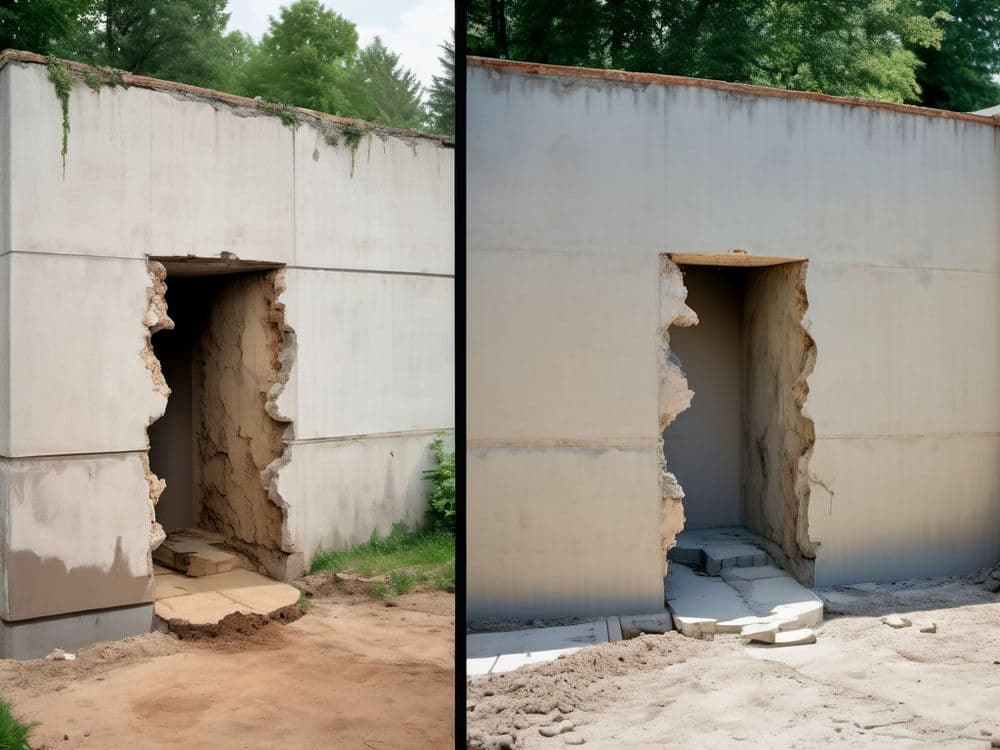

Helical pile installation is an important change in foundation engineering, offering an efficient and effective solution for commercial as well as residential structures. This technique, which is based on the fundamentals of geotechnical engineering has revolutionized the method we use to approach foundation stability, especially when soil conditions are difficult.
Helical piles' design combines the physics of screw threads and the geometry of helix, making them perfect for penetrating different soil types. Their versatility makes them suitable for temporary or permanent structures The Transformative Power of Helical Piles in Construction ultimate tensile strength. They are durable and long-lasting foundations helical piles installers lighthouse. These components, crafted from sturdy materials such as steel, exhibit incredible tensile strength as well as durability. Their unique design reduces ground disturbance, a feature especially beneficial in environmentally sensitive areas.
They are durable and long-lasting foundations helical pile installers fossil fuel
One of the most important factors in helical pile construction is achieving the capacity of load you want to achieve. This is the point where the connection between installation torque as well as load capacities is vital. Contemporary torque indicator, such as those from Chance Digital Torque Indicator, play a pivotal role in this process by providing precise measurements and eliminating the uncertainties associated with the estimation of hydraulic pressure.
The operating speed during installation is critical, typically ranging between 8 and 16 RPM. This controlled speed makes sure that the pile is moving about 3 inches every revolution in accordance with the helical plates' pitch. If the pile isn't moving according to plan, adjustments such as the increase of downward thrust or the addition of larger plates for helicals are made to prevent'spinning out' similar to the threads of a screw being stripped.
Screw piles, sometimes referred to as screw-piles, screw piers, screw anchors, screw foundations, ground screws, helical piles, helical piers, or helical anchors are a steel screw-in piling and ground anchoring system used for building deep foundations. Screw piles are typically manufactured from high-strength steel[1] using varying sizes of tubular hollow sections for the pile or anchors shaft.
The pile shaft transfers a structure's load into the pile. Helical steel plates are welded to the pile shaft in accordance with the intended ground conditions. Helices can be press-formed to a specified pitch or simply consist of flat plates welded at a specified pitch to the pile's shaft. The number of helices, their diameters and position on the pile shaft as well as steel plate thickness are all determined by a combination of:
Flexibility With Prefabricated Foundations T&D World
Posted by on 2020-01-17
Earth anchors—more than helical piles and ground screws—help make ground-mount solar more profitable Solar Power World
Posted by on 2017-08-14
This innovative solar foundation company just got $40M in funding Electrek
Posted by on 2022-09-20
What is a Helical Pier? The Good Men Project
Posted by on 2020-12-03
Helical piles also excel in sustainability, which is a major concern in modern construction practices. Because they cause no disturbance to the site and do not have to be concreted, their environmental impact is considerably less than foundations constructed with traditional materials.
Additionally, they are often made from recycled steel, and their removable nature allows them to be reused, further enhancing their eco-friendly appeal.
Another benefit of helical piles is their capacity to bear loads immediately following their installation. This immediate load transfer capability permits construction to begin without a delay, which is in sharp contrast to the long delays for concrete foundations. It also provides a distinct advantage in emergencies or in the case of unstable structures which require immediate stabilization.

Helical piles also referred as screw piles one type of deep foundation system made up of a central shaft and some or all of the helix-shaped blades attached. This design allows them to be screwed into the ground, thereby providing an extremely solid and safe foundation for various types of structures. The origins of the helical piles are in the 19th century innovations from Irish engineer Alexander Mitchell, helical piles have developed and are at the forefront of current foundation technology.
One of the most notable characteristics of helical piles is their ease and speed of installation. Unlike traditional concrete foundations, which require extensive excavation and curing, helical piles can be quickly installed using hydraulic machinery. This not only speeds up the construction process, but also minimizes their impact on environmental. The less need for huge excavations makes them especially advantageous in urban settings or in environmentally sensitive zones where preserving the natural landscape is paramount.
In addition to their core advantages, helical piles have a variety of additional advantages that solidify their position in modern construction. They include:
These additional features, coupled with their main benefits they make Helical piles a highly versatile and reliable foundation choice for a wide range types of projects.

In the constantly evolving construction industry, helical piles have emerged as a hidden treasure, offering strengths that are transforming the industry. This article sheds light on the distinct advantages of the installation of helical piles, and explains why they are increasingly favored in modern construction projects.
Helical piles, sometimes referred by the name of screw piles. They are a foundation that is distinguished by its spiral-shaped plates, which are connected to a shaft of steel centrally. This innovative design makes it easy and quick installation, as the piles are essentially placed into the ground. This is a stark contrast to traditional foundation techniques, offering significant advantages.
In addition to the strengths of helical piles Their usage in construction projects provides many advantages.
These can be outlined as follows:
These issues highlight the multiple benefits of making use of helical piles, emphasizing their role in improving sustainability, efficiency and cost-effectiveness of construction.
